Storage Units, Backpacks and Slums Part II
3 September 2104
So, I did a little Sunday afternoon sleuthing at the new storage place near my house. The slick brochure assures that they are here to “help you solve your storage needs”. The facility spans enough ground that I was driven around in a golf cart in order to see the various buildings. Units range in size from 5X5 to 25X50X14. And there are lots of parking spaces for rent as well. The units are very clean, and bright, come with electricity, fire sprinklers, twenty-four hour surveillance, and even alarms to keep possessions safe. One can spend anywhere from $50 to $1,320 per month for a rental space. I kid you not.
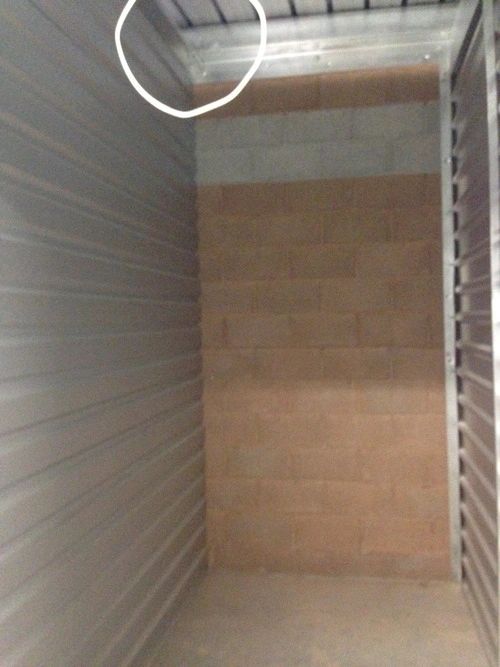
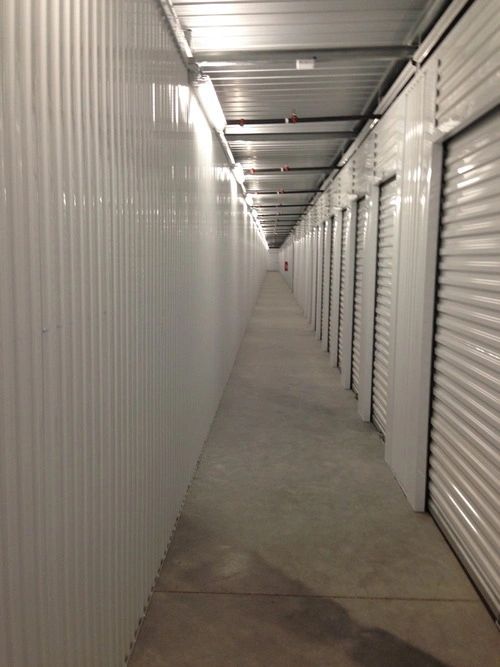
Ok, so you probably know where I am going with this. Pit the sanitized, fortress-like storage unit against a mud walled house in the slums of Nairobi, and what do you get? The reality that millions of people live in places far smaller and certainly much less secure and clean than the places we pay to store our extra stuff.
Nairobi is home to 2.5 million slum dwellers. While there are several slums in Kenya’s capitol, I’ve visited two of them over the years, Kibera and Kawangware. Kibera is the largest by far with around a million people. Kawangware is smaller, but still is home to close to half a million people. (I wrote about Kawangware’s, “The Congo” in an earlier piece.) These slums are a maze of shacks made of mud walls, sometimes covered with a thin concrete layer, roofing is typically fashioned from tin sheets. The floor may be concrete, but most often is simply dirt (or mud when the rains come). These shacks often house up to twelve people, many of whom sleep on the floors. The average size of these shacks is 12X12. Only 20% of these shacks have electricity. There is no running water in the homes. For toilets, people either use the narrow dirt walkways outside their homes or the one latrine hole that may be shared by occupants of fifty shacks. Oh, and when the latrine hole is full, young men are often employed to empty the latrine. The contents of the latrine are taken out and dumped in the river.
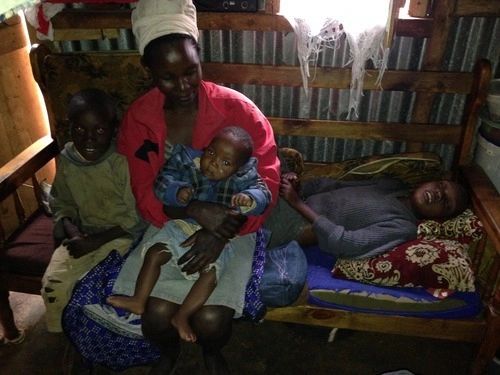
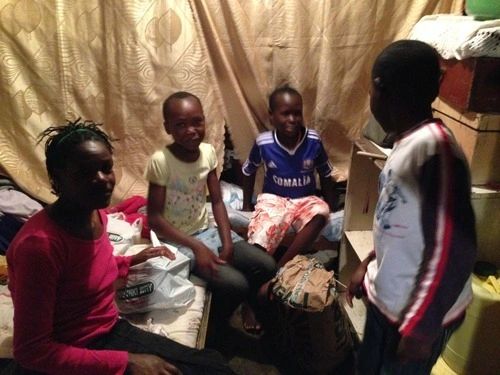
Through the maze of rutted dirt “streets”, passageways of raw sewage and garbage, women of mercy (deaconesses and other women) make their way to those in need. Those in need are desperately poor. All live in these crowded, smoke-filled, noisy slums. Many are widows, or women who have been simply abandoned by husbands or boyfriends, left to care for up to ten children. Their lives evolve around getting enough to eat, covering rent and hoping that no one gets sick, (and it seems as if someone is always sick).
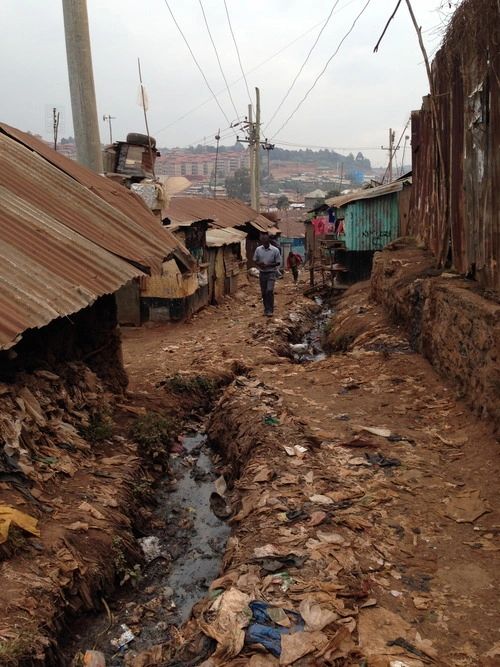
I’ve witnessed these women of mercy. They work quietly and diligently to bring Christ and His compassion to those who suffer in body and soul. They know what it is like to be a wife, a mother, a sister, a daughter. They know what it is like to live in poverty and fear. They know what it is like to wonder where the next meal will come or to live in fear of eviction. In this state of humility, they suffer with their sisters. They listen. They pray. They sing. They are faithful in their care of those whose lives others might deem disposable. They bring light to a dark shack. They bring joy when things are desperate. They bring peace in a place of chaos.
What is it that keeps these women coming back, again and again, entering into the suffering of others? The answer is simple. They know whose they are—Christ’s. They belong to the Suffering One. Broken? Yes, but forgiven and made whole in the healing waters of baptism. Dismayed? Yes, but restored in the Sacrament of Holy Communion. Lonely? Yes, but never alone.
As I look at my own storage place, the two-car garage that can only hold one car at the moment, I ponder anew what needs to go. I wonder how to help these people I hold so near to my heart. I send out an appeal to those who might want to help. Nothing is too small. $5 can buy food or medicine. $60 buys a water filter providing clean water for several families.
Always Mercy,
Pamela






